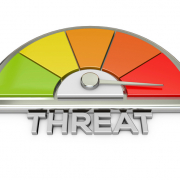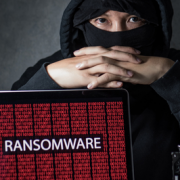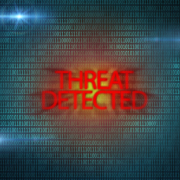The SMB owner’s cybersecurity quick start guide
In this day and age, cybersecurity is important for every business, but even more so for small businesses. SMB cybersecurity, when done wrong, leaves your business vulnerable to attack and hacks. Small businesses don’t have as many resources to easily bounce back from a breach as larger corporations, so it’s important to get it right the first time.
Did you know that 60% of small businesses close for good in the period of 6 months after a security breach?
We’ve compiled this guide for small business owners and IT teams to help you get started putting the right cybersecurity measures in place to keep your business safe.
What is Cybersecurity?
Cybersecurity is the term used for the comprehensive plan put into place to protect your hardware, software, and any digital properties in the cloud. It can also include the physical security around your servers if you keep them on-site. It is a very multifaceted aspect of every business and is more important than ever now that most business activities happen digitally – whether it is online or offline.
Cybersecurity threats are getting more sophisticated than ever. Some of the most challenging bugs in the past few years don’t even require any interaction on the part of the user. They simply exploit vulnerabilities in existing programs and hardware.That’s why it’s important to keep up on your SMB cybersecurity game!
Essentials for your cybersecurity plan

Have a solid backup and recovery plan
If you could choose only one thing to improve your cybersecurity plan, this might be it. Many SMB cybersecurity threats would necessitate the need for a backup and recovery. Ransomware takes hold of your data until you pay a fee via Bitcoin. Malware could give your systems viruses that make you lose data. Even something as simple as an employee pressing the wrong button could accidentally delete important information.
When every other cybersecurity tactic fails at your small business, having a solid backup and recovery plan in place will get you up and running again. It’s not enough to simply back up your data on a drive or server. Most businesses now choose to have multiple backups. They may have one on a physical drive in their location, another physical copy off-site and another in the cloud.
Additionally, the recovery plan is an important extension of the backup process. What use is a backup if the implementation doesn’t work? Your IT team or cybersecurity partner should make sure to test your backups frequently to ensure that, when the time comes, you will not just have a backup – you will be able to use it and get your data back.

Update as needed
This is an easy tip to follow that gets even easier when you have an IT provider managing this for you from a remote dashboard. The basic gist is, you should never ignore those little, sometimes annoying notices, that you need to update your software. It could be your operating system or just a program that you use frequently.
Always update on a regular basis. Software providers regularly send out patches that fix bugs and security vulnerabilities discovered by penetration testing or other white hat methods. Using your favorite programs without the updates could leave your company wide open to SMB cybersecurity attacks.

Antivirus protection
There are several popular antivirus programs that scan your systems and make sure everything is on the clean from viruses and working as it should. It’s best to work with a knowledgeable IT provider or consultant to pick the one that is right for your business.
Many of these programs also have the power to actually remove viruses and malware found in your system, or manage backups automatically so you don’t have to think twice about it. Some antivirus programs can also quarantine files so you can review them to see if they are actually a virus before deletion. Investing in antivirus software is the right choice for proper SMB cybersecurity.

Educate your teams
Many cybersecurity issues can be caused by employees. They may fall for a phishing attempt or not fully understand the proper backup procedure. That’s why employee education is an important part of your cybersecurity practice. There are two components to this – formal education in the form of professional development classes and informal, in-office education about procedures. Both are necessary in the fight for top-notch SMB cybersecurity.

Consider cybersecurity insurance
Even if you do all of the above, and more, you may want to consider SMB cybersecurity insurance. This is a type of insurance coverage that helps to mitigate the financial risk associated with a data breach. Even if you do have the perfect backup & recovery process, there may be extra costs associated with the extra public relations required to alert customers to the breach, and the recovery process may also require extra financial support.
Most cybersecurity policies require you to get a security assessment to make sure you’re following the recommended guidelines for cyber safety. So, even if you get the insurance, you’ll still have to do your best to keep things safe and secure.
Contact your managed IT services provider for more help implementing the best cybersecurity plan to keep your business protected.











